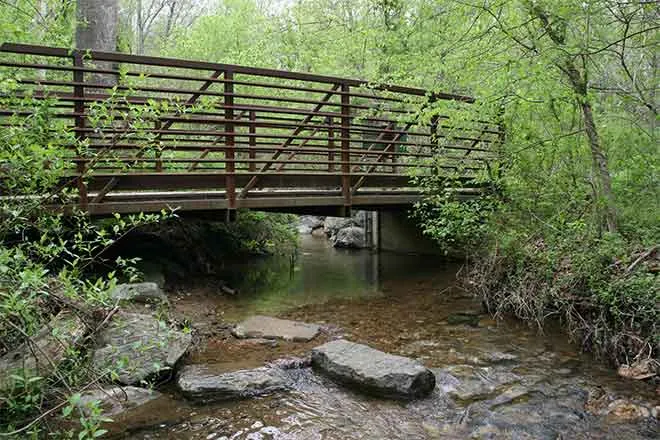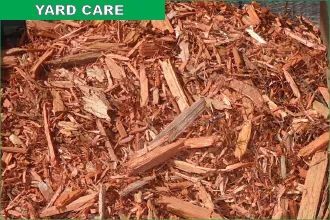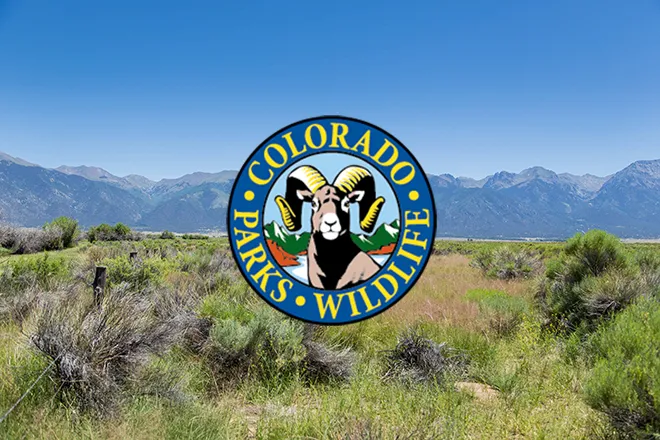
Off-Roading Tips for Beginners
Colorado is a beautiful state to see while driving, hiking, or walking. You can also see Colorado while off-roading. This wild, exciting activity is only for those who want to experience a true adrenaline rush. If you’re new to the sport, consider these off-roading tips for beginners to prepare yourself.
Always Bring the Essentials
Always fill up your truck’s gas tank: you don’t want to run low on fuel in the middle of a trail. You should also bring navigational tools to track your whereabouts. Tools such as high-lift jack, vehicle-mount winch, shovel, spare water tanks, and a fire extinguisher may also prove helpful. It’s smart to have these tools ready in case something goes wrong. No matter what, always bring a first-aid kit, a cellphone, and a radio. You don’t want to get injured and have no way to reach out for help.
Modify Your Truck
Always be sure your pickup truck can handle off-road travel. It’s also a good idea to modify it with different off-road accessories. All off-road trucks should be equipped with all-terrain tires to handle various conditions. Make sure your truck is in good condition to handle off-roading terrain. Keep the truck in good maintenance, specifically with the fluids and tires. You can also consider installing fog lights to see the conditions you’re driving on.
Keep Terrain in Mind
A path’s terrain can make it either simple or difficult. Beginners should stick to easier routes, such as trails, whereas experienced drivers can drive on more extreme conditions.
Trail
This is the simplest terrain for off-road driving. Typically, most trails consist of gravel, dirt, or grass. Trail driving is the safest type of off-roading because a driver won’t have to face as many changing conditions. Colorado is home to some great trails, such as those found at the Colorado State Forest Park, Mosquito Pass, and the Wagon Wheel Trail System.
Dunes
Make sure your local beaches permit off-road driving. If they do, great. But know that driving on sand will be more difficult than trails. Drivers need to deflate their tire pressure down to 15–20 psi so that the tires spread more and grip more surface. This builds momentum, which allows for successful sand driving. Do not stop or slow down on soft sand—otherwise, your truck might get stuck. If you do get stuck, repeatedly turn your wheel left and right to help your tires gain traction.
Mud
Only experienced off-roaders should drive through mud and shallow water. While it can be fun sliding in mud, always keep control of your truck. Like driving in sand, if you feel you’re getting stuck, repeatedly turn your wheel left and right. The goal is to maintain momentum and traction. Do not press on the accelerator: this can cause your tires to dig deeper into the mud. If you want to drive on this terrain, bring some friends along for the ride. They’ll be able to help you push your ride out of the mud when conventional methods don’t work.

















